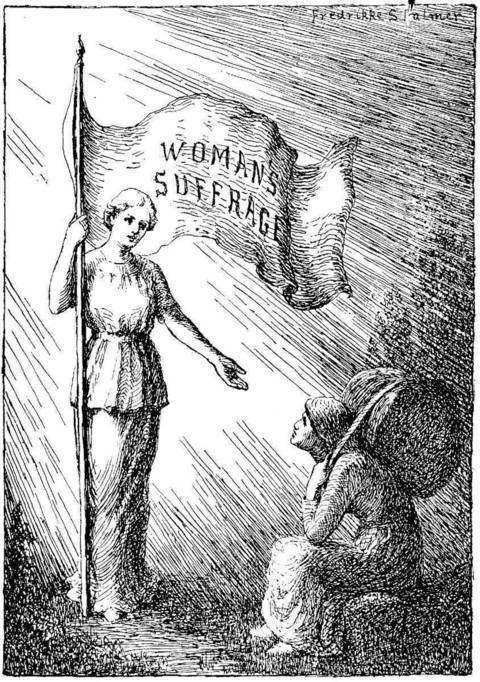This project was really interesting to work on, because we had to take the images from the suitcase and then build lesson plans around them. We looked at the images to decide what point they were trying to make, and then we took those images and included them in our lesson plans. Making the lessons was a very educational experience, as I thought that it forced us to think more critically about the images – what does it say? How can a teacher use this? What would a elementary/middle/high school student take away from this image?
My lesson, titled Legalities of the Incarceration, is designed to be used with a travelling collection of artifacts from the Nikkei Legacy center. It is also intended to be used in a legal or government class or unit – for example, a unit on Japanese-Americans in World War II that concentrates on the legal question of incarceration, or a unit on the Bill of Rights with an examination of the Japanese-American incarceration as it relates to the Constitution, etc. I deliberately made this lesson extra-long, so that teachers can pick and choose what aspects they want to focus on in their classes. Continue scrolling down to find the lesson:
1. Identifying Information
| Teacher: | Location: |
| Class/Topic: Social Studies/Japanese-American Incarceration Legal Study | Time: 50 minutes |
| Grade Level: Middle School | Date: |
2. Overview:
This lesson is meant to be used as an overview of the legal aspects of the Japanese-American incarceration in concentration camps during World War II. The lesson can be used to introduce the history of the Japanese-American incarceration, or as a lesson meant to challenge students to think critically about the legal aspects of the incarceration. In this lesson, the students will be asked to think about the various legalities of interning people based on race and ethnicity, particularly how it relates to the incarceration of Japanese-Americans. This lesson is meant to complement a unit on either the Constitution/Bill Rights or World War II.
Note: Teachers, please use your discretion on what material you wish to cover. If your classroom is studying World War II, please feel free to just cover the vocabulary from WWII – make the lesson fit your needs!
3a. Goal:
Unit Goals:
- TSW: develop an understanding of the Japanese-American incarceration.
- TSW: be familiar with various legal terms (internment, incarceration, detain, lawsuit, civil rights, etc).
- TSW: be familiar with the social, legal, and ethical arguments surrounding the Japanese-American incarceration.
Lesson Goals:
- TSW: be familiar with the causes and effects of the Japanese incarceration.
- TSW: be able to give definitions for the legal terms used in this unit.
- TSW: describe the importance of the Japanese-American incarceration in its historical context.
- TSW: describe the similarities and differences of the Japanese-American concentration camps to the concentration camps used by Nazi Germany.
More: Incarceration Lesson Download PDF version of the complete lesson (81kb)
Image credit: Library of Congress LC-USF3301-013292-M2
Title: Los Angeles, California. Japanese-American evacuation from West Coast areas under U.S. Army war emergency order. Reading evacuation orders on bulletin board at Maryknoll mission
Creator(s): Lee, Russell, 1903-1986, photographer
Date Created/Published: 1942 Apr.


